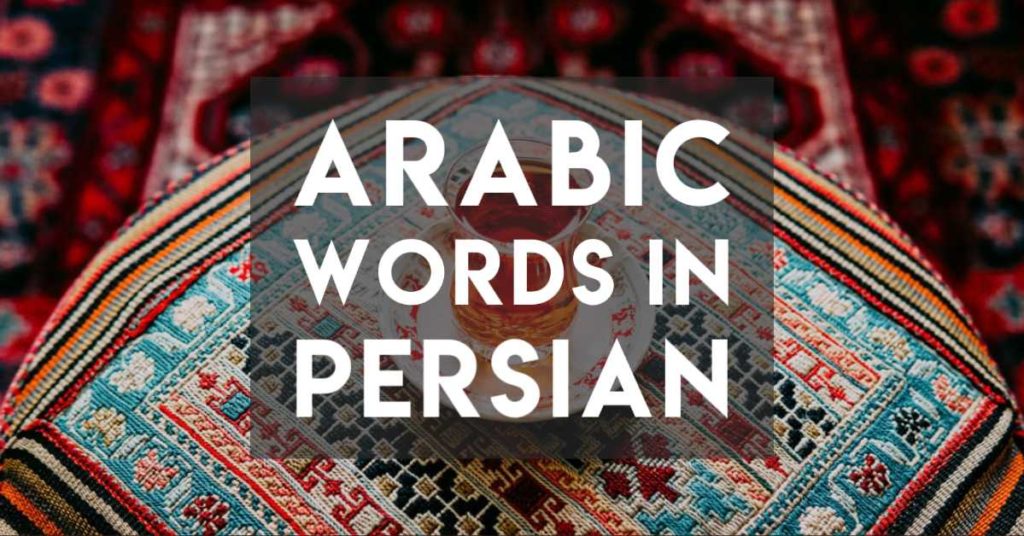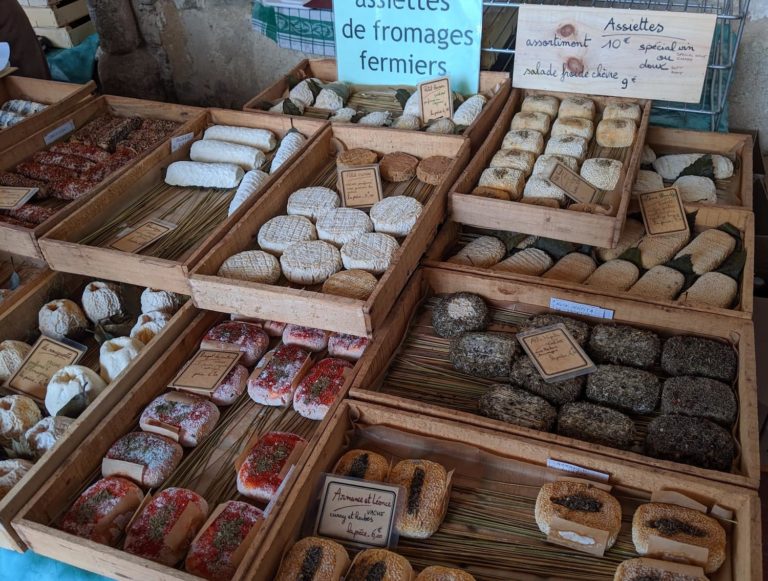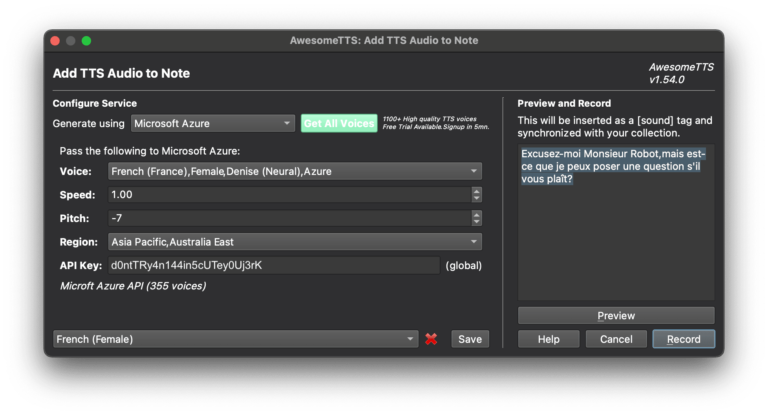Four Steps to Learn Arabic Words in Persian Easily
If you’ve ever struggled when learning Persian to learn the Arabic words — here’s a quick guide on how to learn Arabic words in Persian from someone who learned the hard way.
Many — most — students of Persian never studied Arabic in full.
You don’t need to know Arabic to know Persian. Especially not in spoken conversation. (See our guide to formal vs spoken Persian for more exploration on the topic.)
But not knowing some Arabic concepts can be a hindrance. Arabic words make up at least a quarter of all commonly used Persian vocabulary, if you did an analysis of the news and interviews on television. The proportion may be less if you were watching a sitcom, but still significant.
Learning Arabic words in Persian can be hard. Without knowing how Arabic words are interrelated, you won’t know which are etymologically connected with which — so you miss out on a chance to build neural connections, and the ability to sometimes guess new words.
And sometimes, Arabic words in Persian can sound so similar you can’t remember which is which. Tazmin, tasvib, ta’min, tashriq and tahqiq? C’mon guys, what’s going on?

Learning Arabic words is hard for non-Persians who gave decided to learn Persian, as well as for most overseas Persians re-learning their mother tongue (like me).
Luckily though, I have studied Arabic from a long-standing personal interest in connecting more with the Arab world.
I’m a student. Since I’ve focused more on spoken Arabic, my Modern Standard Arabic knowledge is not encyclopaedic.
But it’s still enough for me to recognise all the Arabic words in Persian. It helps me massively with understanding word roots and memorising new words.
And as a fellow student, I can share a simple perspective than that of a scholar. So here are a few tips to help you better learn Persian words of Arabic origin.
Become a Discoverer
Like this guide to learning Persian? Join our list and we’ll tell you when we have more publications about language, culture, and distant destinations.
Contents
Very quick overview of Arabic words in Persian
Arabic words are based on roots of three letters, usually consonants.
In Arabic, you then take these three consonants and add in padding letters to arrange them into many related words.
But the root consonants in Arabic words don’t change order!
Because I’m talking about Persian, I’ll give an example in Persian. The classic Arabic example is k-t-b, but that isn’t as interesting in Persian.
For an example of Arabic etymology helping Persian language learners, the three-letter root علم (which relates to knowledge) can be rearranged in a number of ways:
- علم (‘elm) — knowledge, science
- معلم (mo’allem) — teacher (you can add an extra m or t to the root, it’s not part of the root)
- اعلام کردن (e’laam kardan) — to make known (announce)
- معلوم (ma’loom) — obvious
There are other examples but some are in less common use.
Once you learn to recognise Arabic words, you’ll start to see similar patterns in words sharing the same three-letter roots, and then similarly shaped words using different roots.
Is there “Pure Persian” without Arabic words in it?
The short, frank answer is no. There is no longer a useful pure Persian which doesn’t have Arabic in it. And the Arabic words have basically just become Persian words of Arabic origin.
You could, in theory, use Persian synonyms for many Arabic origin words if you were composing prose.
But the impracticality of using “purely” Persian-origin words this is that the synonyms are never perfect. Arabic loan-words have picked up nuance over the 1,000 years in which they’ve been infiltrating Persian.
It’s similar to in English. English had borrowed words from German (from which it was originally derived), Greek, and Latin (often via French). It would be even more ludicrous to suggest that someone speak “pure English” — it’d probably just end up being an old form of German!
For example, the word “house” in English is related to the modern German word Haus. The word maison in French, which refers to a house, is in English in the form of “mansion”. But the two words have very different meanings in English. If we were to take every instance of “mansion” and replace it with “house”, we’d lose nuance.
Similarly in Persian, for example, I could replace the verb حقیقت گفتن (haqiqat goftan, to tell the truth) with the Persian verb درست گفتن (dorost goftan, similar meaning).
But حقیقت carries with it weight that it borrows from its relationship with other words like حقوق (huquq, law) and تحقیق (tahqiq, research). Those are words that magically remain connected to حقیقت via the etymological roots. To delete those words now would be to de-enrich the Persian language.
Finally, Arabic words have been in Persian for so long that actually, we’ve made them our own. We use the words in very different ways to how the Arabs do! We don’t conjugate Arabic verbs — we just put the nouns together with Persian verbs like kardan.
Adapting Arabic words in Persian is a bit like in English saying “I need to go for a correr“, randomly sticking a Spanish verb into an English sentence without using any Spanish grammar.
So to remove Arabic words now would be to remove words that are Persian — but which just happen to have cousins in Arabic.
Three types of Arabic words in Persian (and the third one is easier)
There are three main kinds of Arabic words in Persian. They’re all interrelated.
The first kind of Arabic words in Persian is the noun. These are often in more abstract concepts, like honest or truth.
A few examples of Arabic nouns in Persian are:
- Honesty (sedaaghat)- صداقت
- Truth (haghighat) – حقیقت
- Justice (edaalat) – عدالت
- Patience (sabr) – صبر
- Honour/Pride (eftekhaar) – افتخار
- Choice (entekhaab) – انتخاب
- Thought (fekr) – فکر
Note that many of these do have person synonyms, too.
The second type of Arabic word in Persian is the adjective. Most nouns have adjective equivalents, but only some of the adjectives are in common use.
For example
- Honest (saadegh) – صادق
- Fair/Just (aadel) – عادل
- عاقل (aaghel) – wise, smart
You can probably recognise a relationship between some of those adjectives and the nouns above. More on that in the next section!
The third kind of borrowed Arabic word in Persian is the verbs — which are actually just Arabic nouns/adjectives in Persian compound verbs.
Arabic words used as verbs in Persian are used quite different from how they’re used in Arabic. Basically, the Arabic verb is usually used in its noun form in Persian, and stuck to a Persian verb to form a compound verb.
For example, let’s look at “to be proud”. In Arabic, the root is فخر. In (colloquial) Arabic, to say “I am proud of my identity”, you say “أنا فخور بهويتي”. This uses فخر in the adjective form.
In Persian, you’d write “من به هویتم افتخار می کنم”. This uses the noun form and makes it into a verb as “افتخار کردن”.
If that’s a little alien, think of this example. In French, the word for eating is manger. In French, this verb is conjugated every which way depending on the person and tense (je mange, tu manges, on mangerait, etc).
If we borrowed this French verb into English in the same way that Persians borrow Arabic verbs (i.e without conjugating them), to say “I might go eat something” we’d say “I might go manger something” — no conjugation, just dropping it in.
Three tips on how to recognise Arabic words in Persian
Luckily for us language learners, there are a few ways we can easily recognise Arabic words in Persian!
The most obvious clue to find Arabic words in Persian is the letters used. Arabic has 28 letters. Persian has four extra letters: پ ,ژ ,گ ,چ .
If you see a word that has these Persian-only letters it’s 100% a Persian origin word!
Secondly, and this is somewhat anecdotal, but Arabic words tend to use the “harder” Arabic consonants more often.
For example, Persian has two sounds pronounced h: ه and ح. In Arabic, the second of these has a distinct pronunciation. But in Persian they are pronounced the same, so words that are Persian origin would prefer to use ه.
Same with ع and ء (hamza). They have very different pronunciations in Arabic, but the same in Persian, so Persian prefers hamza.
The second clue about which Persian words are Arabic is in shapes of words.
Arabic words follow fairly regular patterns. They always have three-letter roots, and only add a couple of other letters to build out a shape.
Take a look at these shapes of Arabic words commonly used in Persian below and see how many words kind of have a similar sound!
Note: these groupings are approximate. Knowledgable Arabic students will know that these should be grouped more granularly. Please bear in mind the purpose of this section is to learn to recognise what’s Arabic and what isn’t – it’s not a detailed study of what the word shapes mean.
Words in the alef-root-long alef shape:
- اعتقاد (e’teqaad) — belief
- استقبال (esteghbaal) — reception
- اعتماد (e’temaad) — trust
- ارتباط (ertebaat) — communication
Words in the m-t-(root) shape
- متفرق (motefarregh) — to be distributed
- متحدین (motahedin) — united
- مترجم (motarjem) — translator
Words in the m-(root)
- مطالعه (motaale’e) — reading, study
- معلم (mo’allem) — teacher
- معتقد (mo’taqed) — believer
- مقصر (moqasar) — guilty
Words in the t-(root) shape
- تایید (ta’eed) — confirmation
- تحقیق (tahqiq) — research
- تبلیغ (tabligh) — advertise/proclaim
- تحصیل (tahsil) — educate
- تحویل (tahvil) — delivery
Words in the root form with an alef in the middle:
- ثابت (saabet) — steady, stable
- بالغ (baalegh) — adult/mature
- صادق (saadegh) — honest
- لازم (laazem) — necessary
- ظاهر (zaaher) — appearance
The thirds clue to recognising Arabic words in Persian is when you recognise a root from another word.
After you know the commonly used root letters you’ll start to recognise patterns, like “hey… is علم related to معلم?” And you’d be right.
A quick process to better learn Arabic words in Persian
This is the reason I started writing this article! It’s sometimes super confusing to me when I come across a word that’s hard to learn.
I do have a number of other tricks to learn difficult words in another language. But there’s an extra couple of tricks for Arabic words in Persian.
The problem with Persian is so many words of the same shape sound the same to someone not familiar with the Arabic root.
I follow a four-step process to learn Arabic words in Persian:
- Figure out the Arabic root of the word
- Learn at least one related word based on the same Arabic root.
- Wrote out sentences for both
- Make flashcards (I use Anki, which is free and awesome)
For example, I was having a difficult time learning the verb تضمین کردن (tazmin kardan, to guarantee).
I figured out the root as being ضمن and found ضمانت (zemaanat, a guarantee). To find that word I just typed “guarantee” into Google translate and saw what it spat out. No fancy Arabic dictionary required!
(If you want to use an Arabic dictionary though, a good one is freearabicdictionary.com.)
Then I looked up ضمانت on Google until I saw how it was used, e.g. in the sentence “I can’t give you a guarantee”.
Now, I have both those cards in my head. When I need to think of one, I can think of the other and it becomes easy to distinguish these verbs and nouns from the many other similar ones.






